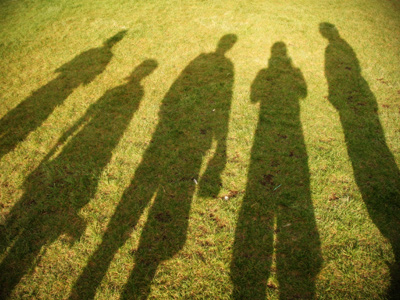
Shadows and Reflections
Get ready to explore the bright world of light in this KS2 Science quiz! We'll check out how light plays with objects, creating shadows and reflections. Plus, we'll discover the magic of transparent, translucent, and opaque things.
Shadows happen when objects block light, like Earth blocking the Sun and creating night. Even in the dark, we see some light - from stars, the moon, or streetlamps. Ever been somewhere so dark you can't see your hand? Reflections occur when light bounces off things. Mirrors are super smooth and the best reflectors!
How much do you know about shadows and reflections? Test your knowledge with this cool KS2 Science quiz!
Boost Your Child's Confidence with QuizzesReady for more?
not all...
quizzers. Try to win a coveted spot on our Hall of Fame Page.







